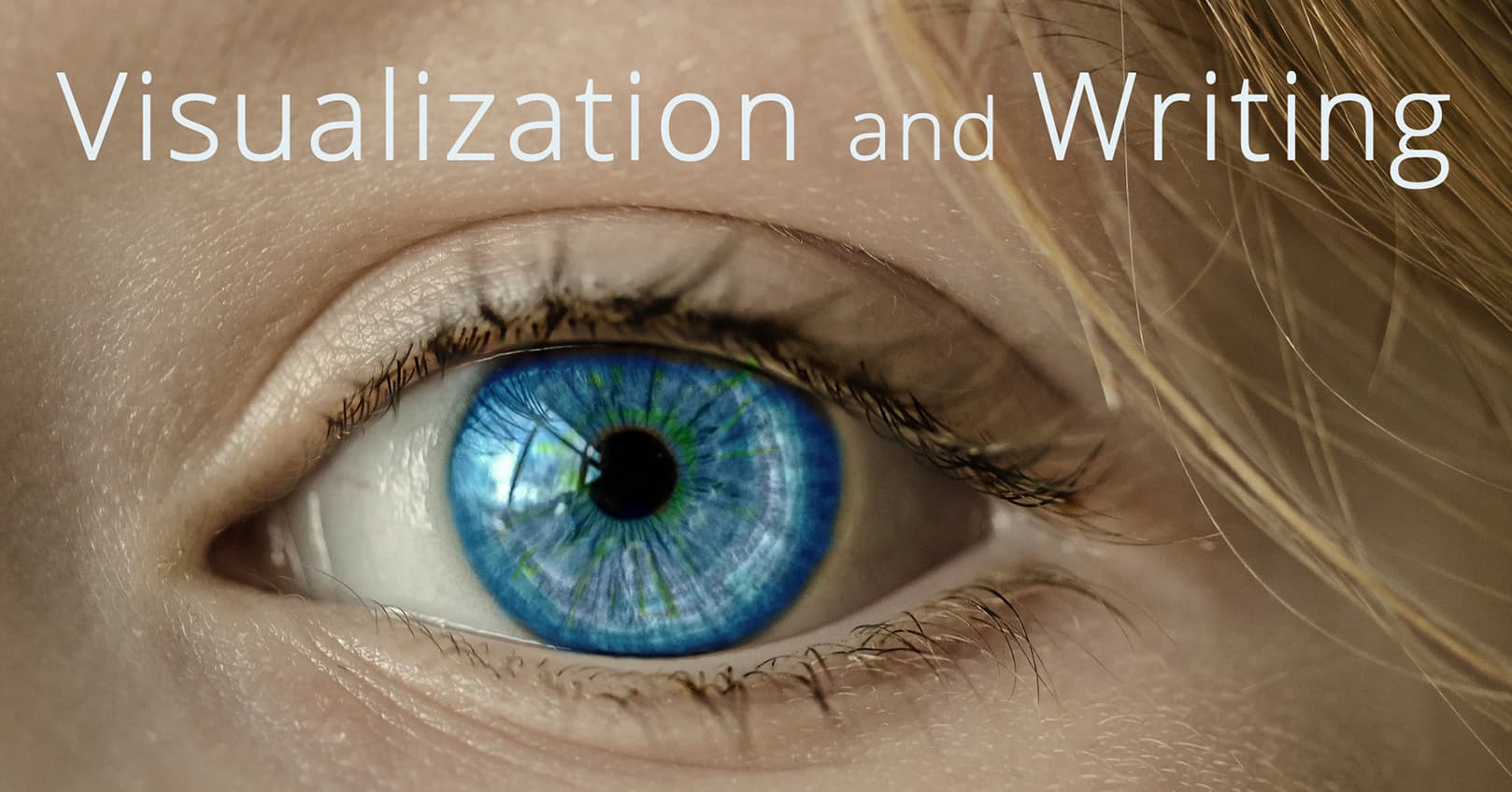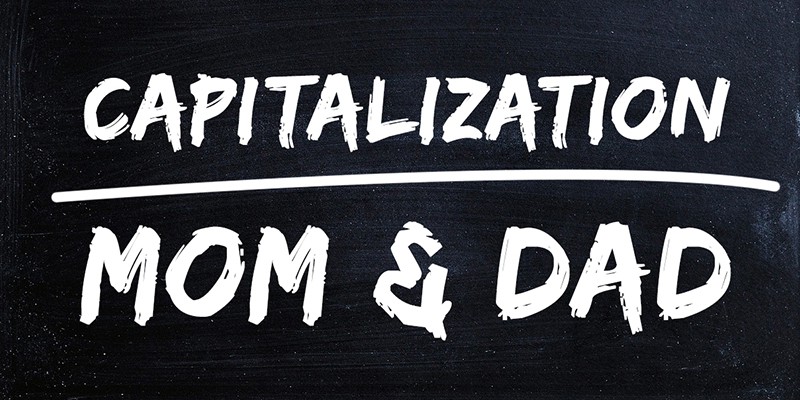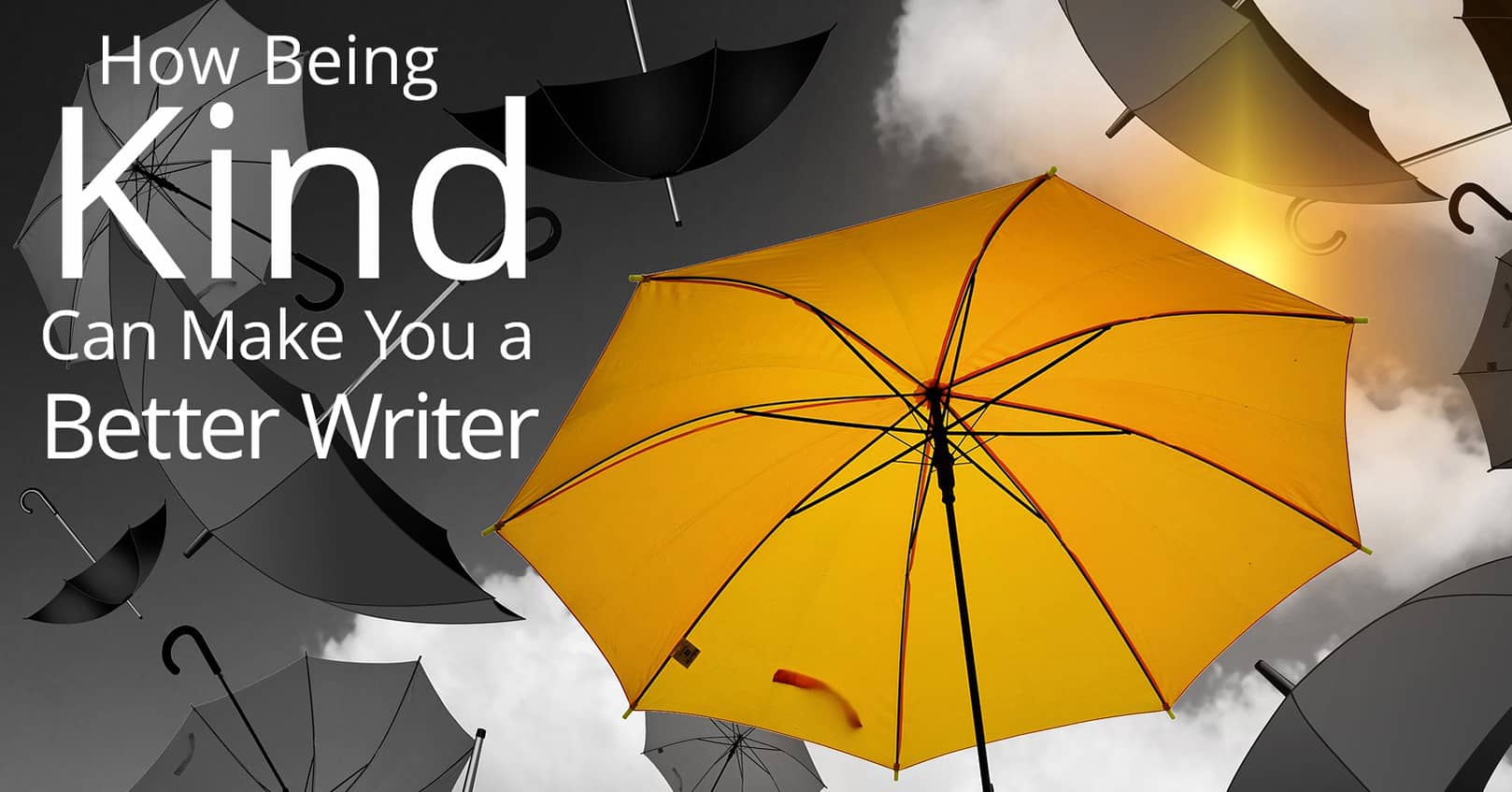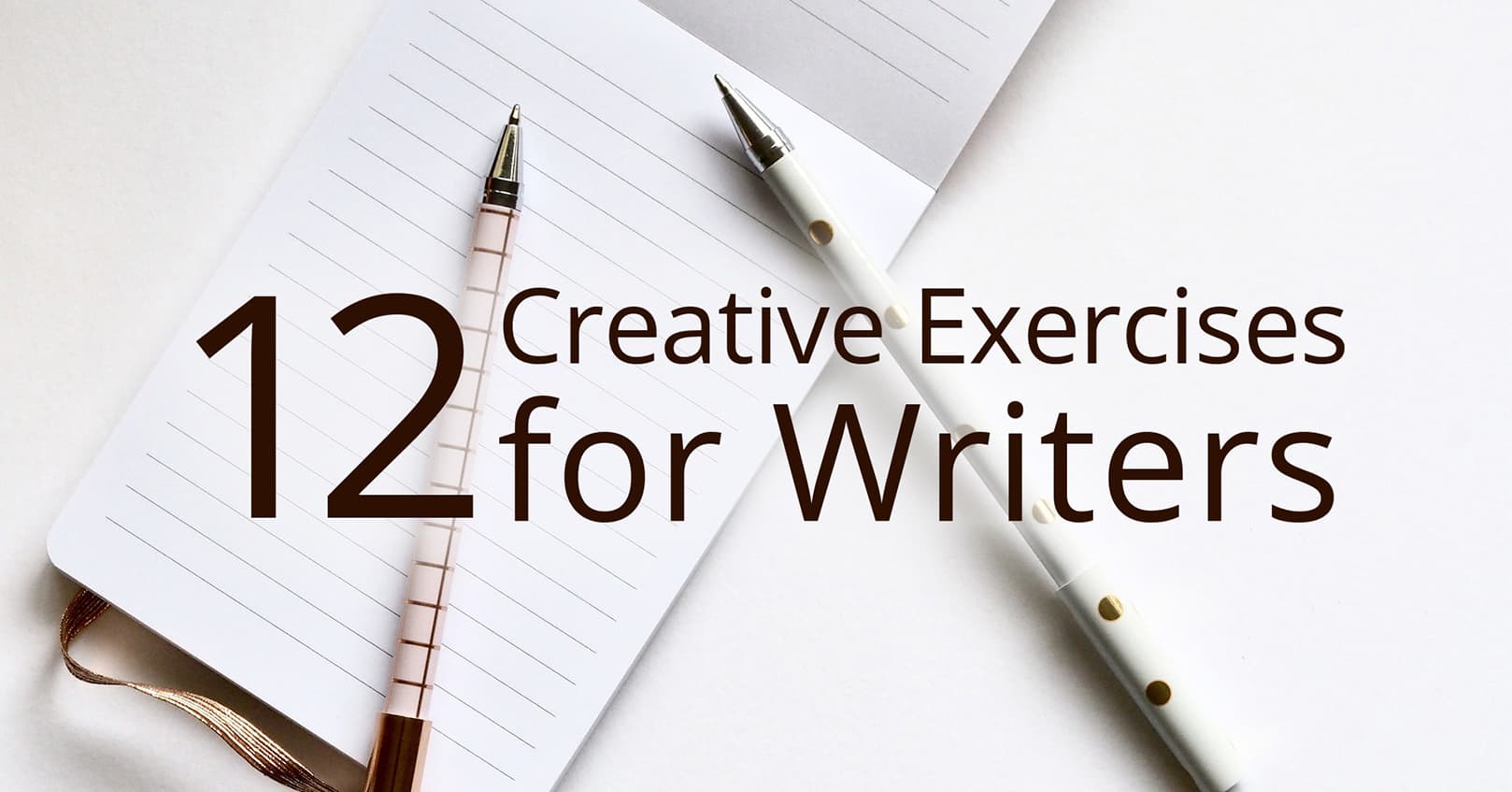
You may have heard of visualization and how it can help athletes reach goals and perform better, but did you know that visualization can help you write better too?
Creative Visualization
This type of visualization is similar to what athletes do, but we will relate it to writing. You imagine yourself writing and overcoming challenges such as writers block and uncooperative characters. You imagine finishing the novel, and rereading it to edit and polish it. You imagine the steps to getting it successfully published, whether that is self-published or with a traditional publisher. In sum, you imagine the steps to get what you want and what you will feel when you have achieved those steps, and then believe you will get there.
Once you’ve visualized reaching your goals, you can take it a step further by finding images that you feel represent those goals and use them to help you visualize success. You can even save the images in a folder on your computer to look back on later.
This kind of visualization may seem a bit strange, but science has proven that it actually works. Research has shown that the neurons in our brains interpret imagery as equivalent to a real-life action. Because of this, visualizing yourself achieving something can make it easier for you to do it, because, in a sense, you have already done it. But many warn against visualizing only the end goal, the success, because then your brain believes you have already reached success and your energy falls. Instead, focus on visualizing the steps to achieve your goal and how you will overcome hurdles, setbacks, and failures.
Story Visualization
You can also use visualization to help develop your story and create details that will draw the reader in.
When you feel stuck in your writing, or feel that your writing is stale, a quick Internet image search on the subject can help you think of new ideas and details you can incorporate into your book. You can also find images that display the setting and characters of your book to help you better visualize and write details. If you can’t find images that work, you can try drawing something, like a scene from your story, and then describe the drawing with words.
Visualization can also help you get to know you characters better. Visualize what they look like, how they act. Imagine meeting the character. What is the setting? What do you say? How does the character respond? Ask them about themselves.
You can also visualize the plot of your book unfolding to help you resolve plot lines in an interesting way. Just sitting back and daydreaming about the plot can help you think of new ideas.
Finally, visualization can help you when editing the book. After finishing a book, let it rest for a while before coming back and reading it with a fresh eye. Try to read it as if you know nothing about the book or characters (as if you were a reader, not the author). As you read, visualize each detail—you can even draw it out. Are all the necessary details there? Is the scene believable? Do the reactions of the characters make sense? Is everything and everyone where they should be? (It’s confusing when someone who is supposed to be sitting is suddenly standing on the other side of the room!)
How have you used visualization to help improve your writing? Let us know in the comments below!
















Comments